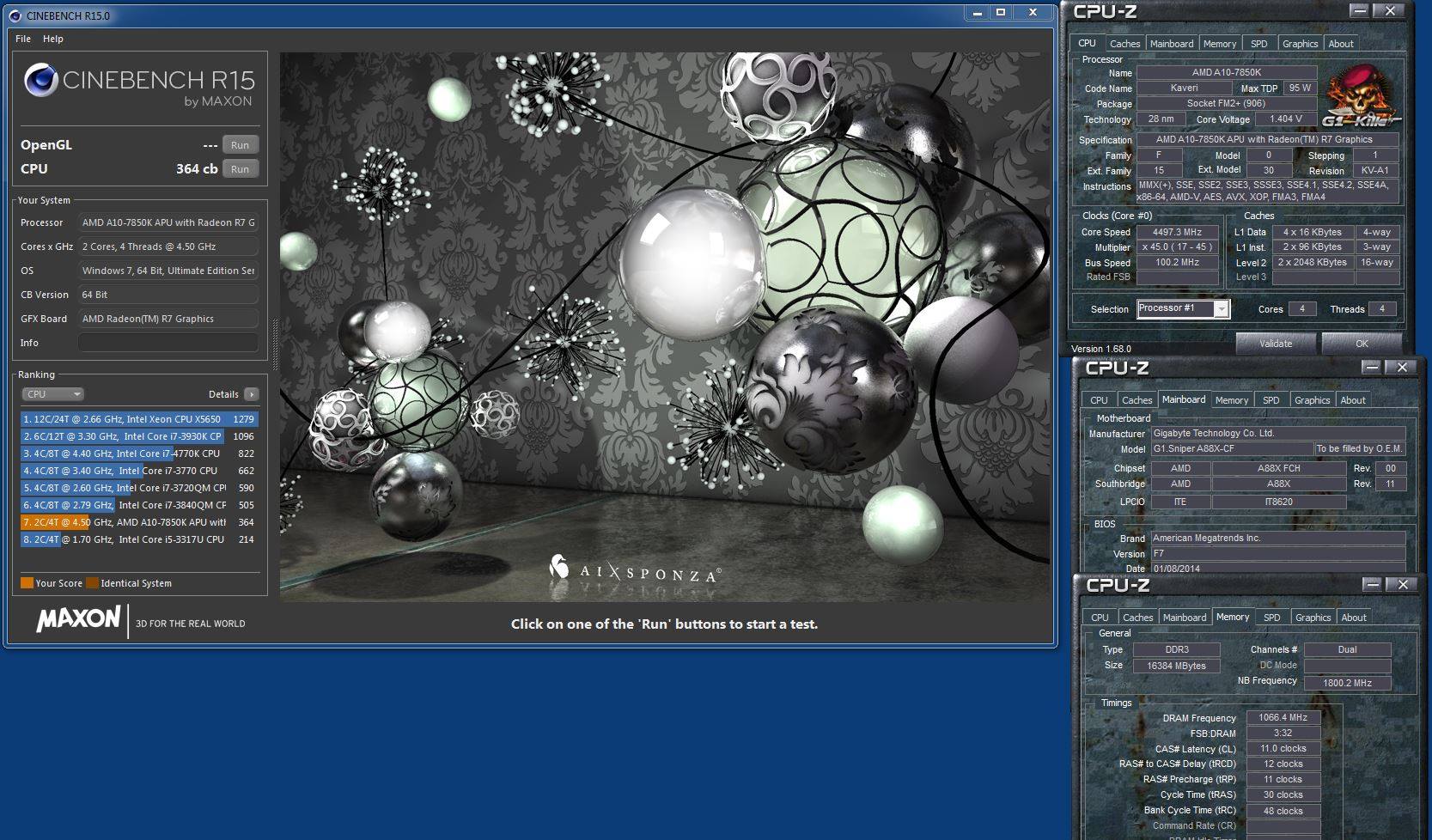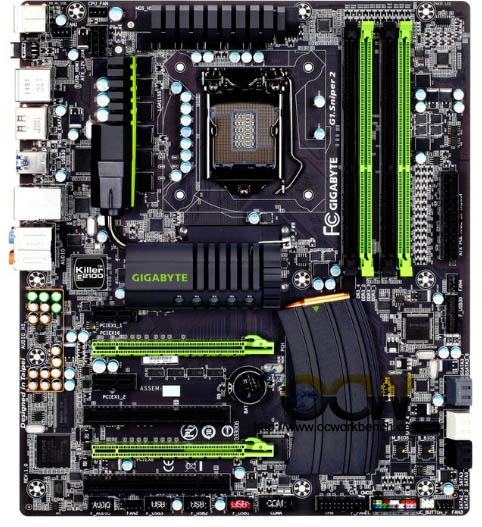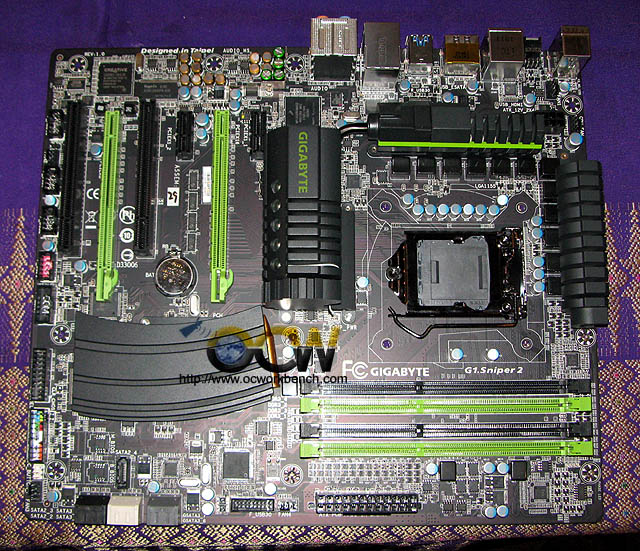Gaming centric motherboards are getting popular these days. DIY now puts overclocking as secondary and are looking for better system compatibility, stability and responsiveness during gaming. On top of that, the audio output is greatly enhanced with dedicated audio path.
AMD has always been lagging behind Intel in terms of crunching power, from the benchmark data, it can be clearly seen from the tests. When it comes to it’s on board graphics, it wins hands down, leading the Intel by a margin. Well, you would say, why bother? Well, it depends on what games you have in mind. If you are playing less demanding games, the onboard graphics definitely is more than sufficient as it is R7 class GPU. If the expensive Intel processor can handle it, the AMD highest end and cheaper APU handles it better with higher frame rate.
When it comes to more demanding games, you would want to pair it up with a higher end graphics card. The only regret is that since it is a AMD product, you can’t do SLI but only CrossFire on it.
Here are some VGA cards you can pair with this board.
The features of the board were already mentioned and it’s focus is not only on audio but on it’s expandability of graphic screens etc. USB 3.0, PCIe 3.0 are all there and you don’t really need Thunderbolt unless you are an Intel fan.
Overclocking wise, this board can do 4.4GHz on AIR with a voltage bump. The BIOS is kept quite simple with options available for fine tuning of the parameters if you are dead serious about getting the last drop of performance from the board and APU.
in conclusion, this board gets my Editor’s Choice as I prefer cost/performance products that does the job.
| Category | Score |
| Performance | 10 / 10 |
| Features | 9 / 10 |
| Ease Of Installation | 9 / 10 |
| Overclocking Features | 8 / 10 |
| Documentation | 7 / 10 |
| Packaging | 7 / 10 |
| Cost / Performance | 8 / 10 |
| Overall Rating : | 8.3 / 10 |











